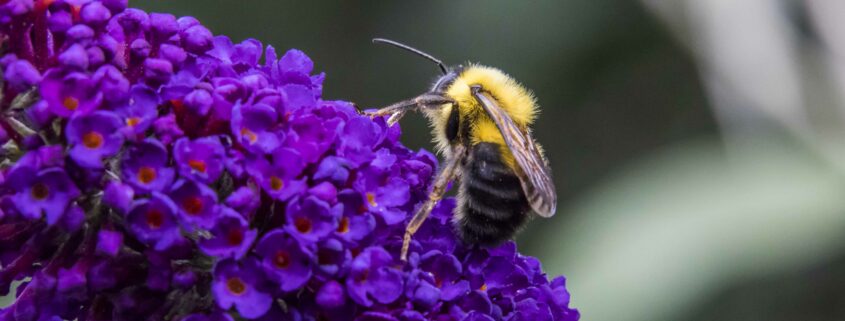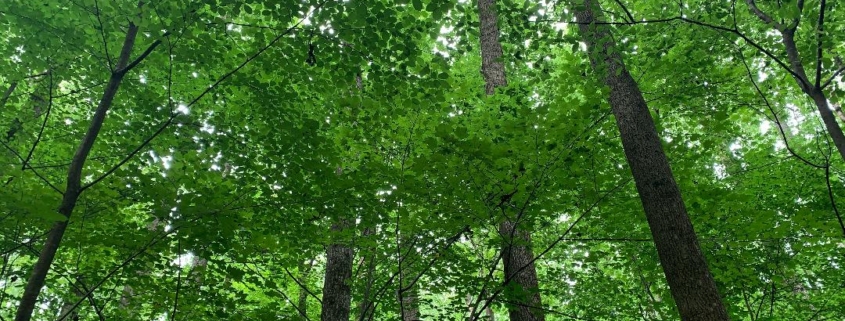Arlington Regional Master Naturalists Presents Seminar: Too Many Deer? February 22nd
Photo: Whitetail Deer Courtesy of National Park Service
Wednesday, February 22,2023
7:00 p.m.
Free Zoom Seminar
Register here for Zoom details
Click here for presentation flyer.
Are too many deer endangering our local flora and fauna? If so, what can be done about it?
As humans have transformed landscapes, many species have lost their habitats, struggling to survive, while whitetailed deer have thrived. Overwhelming evidence points to high deer populations as a main factor in reducing
biodiversity and limiting forest regeneration. Cornell University Professor Blossey, a leading expert on forest health in
the Eastern United States, will present evidence for this imbalance and discuss potential solutions. “Deer are
charismatic native species that belong in our fields and forests,” Blossey said. “Humans have allowed them to become
ecological bullies, and if we are serious about our responsibilities to protect all native species, we need to embrace the
need to reduce deer impacts through reductions in the local deer herds.” This presentation, sponsored by a network of
Northern Virginia environmental organizations, comes as Arlington County studies the impact of deer.
See more information on the Arlington Regional Master Naturalists web page: armn.org/deer



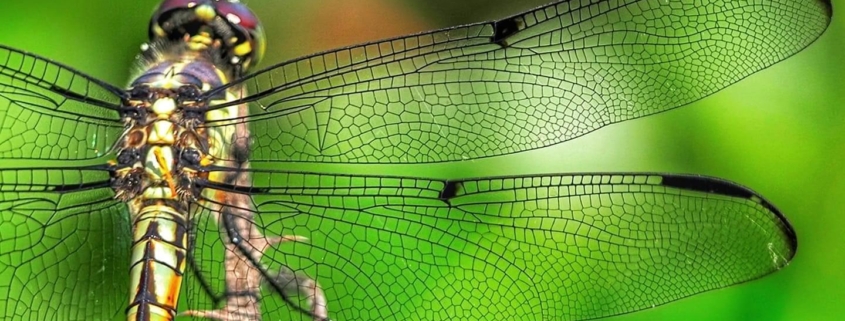

 New projects may be requested by FMN volunteers at any time by submitting a Project Proposal form. The form is available on the VMN web site buried in their vast reference libraries, so it is easier to request a form by emailing a request to fmncontinuinged@gmail.com. The Hours Committee will send a blank form and a pre-filled sample form for guidance – [no questions asked, he says sotto voce]. Once the form is returned, the Projects/Hours Committee will review it to make sure the project does not fall under the purview of an existing project. If the project is deemed unique, it will be evaluated for approval. [At which time questions will be asked? Yes. That’s what we do. But we do it for you. Hey – that could be a Projects/Hours Committee logo or catch phrase; bumper stickers, hats. Stop it! Just end the article already!]
New projects may be requested by FMN volunteers at any time by submitting a Project Proposal form. The form is available on the VMN web site buried in their vast reference libraries, so it is easier to request a form by emailing a request to fmncontinuinged@gmail.com. The Hours Committee will send a blank form and a pre-filled sample form for guidance – [no questions asked, he says sotto voce]. Once the form is returned, the Projects/Hours Committee will review it to make sure the project does not fall under the purview of an existing project. If the project is deemed unique, it will be evaluated for approval. [At which time questions will be asked? Yes. That’s what we do. But we do it for you. Hey – that could be a Projects/Hours Committee logo or catch phrase; bumper stickers, hats. Stop it! Just end the article already!]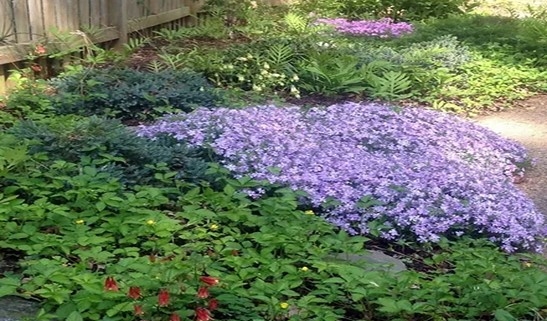
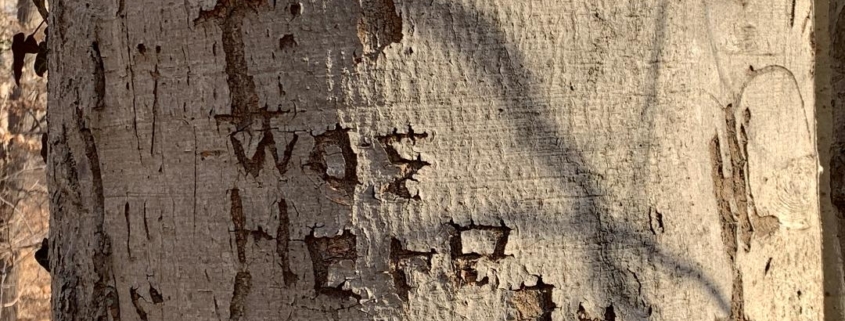
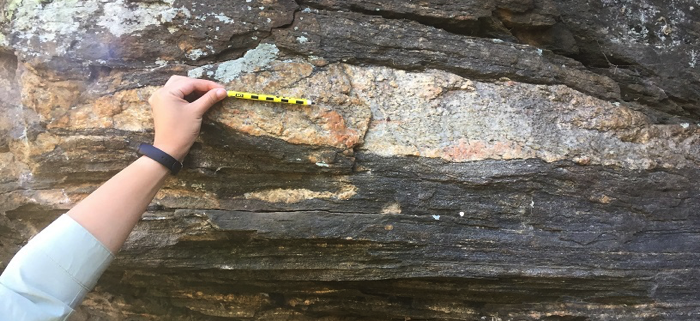
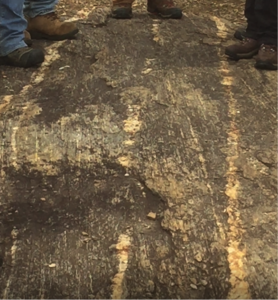
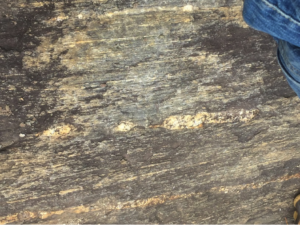

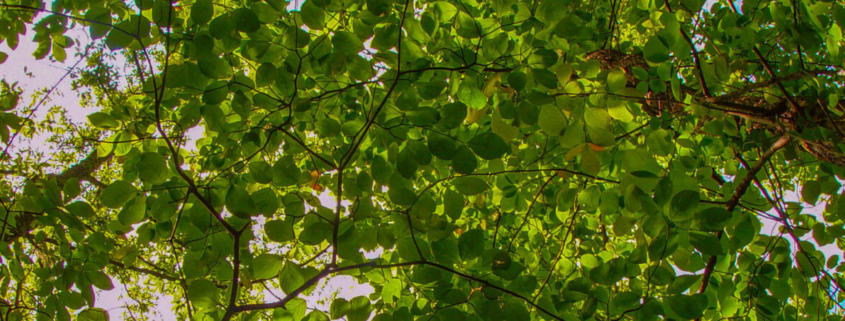
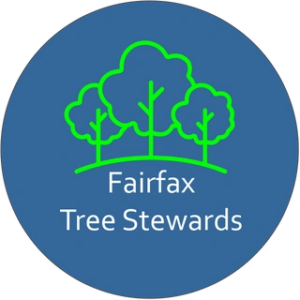 with Fairfax Tree Stewards (FTS). FTS is an educational, non-profit, volunteer organization providing specialized training and certification focusing on trees. It is a program under the auspices of
with Fairfax Tree Stewards (FTS). FTS is an educational, non-profit, volunteer organization providing specialized training and certification focusing on trees. It is a program under the auspices of 